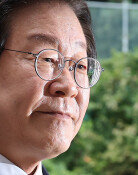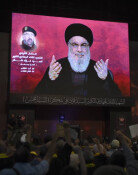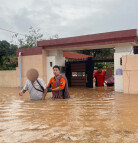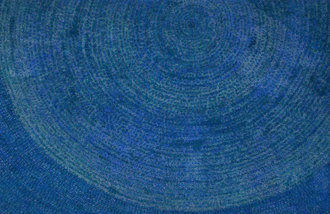Ready for One-Person Protest in Front of the National Assembly
Ready for One-Person Protest in Front of the National Assembly
Posted August. 31, 2005 06:49,

There is big trouble. The Taereung Training Center is lamenting. Only 250 athletes are training at the center, which used to be filled with 450 national athletes per day. The cause is the lack of training funds. The allocated budget of 9.8 billion won is already depleted. Currently, the center is surviving on the 1.7 billion won it borrowed elsewhere, but even that amount is running out.
Lee Elisa (aged 51) is the first female head of the center and took office last April. She has difficulty falling asleep these days. Her hair is turning white. An interview with a worried Lee was held at the training center on August 25.
I am ready to hold a one-person protest in front of the National Assembly. If that does not work, I can take to the streets with former Olympic gold medalists and appeal to the people directly. If things do not change, all training will be suspended for two months in the second half of this year except for the four games we are participating in during the Winter Olympics. Even now, training is operated under an emergency system where athletes train for only 15 days a month.
The number of Korean national athletes amount to 1,203 covering 45 sports. The training budget of 9.8 billion won was allocated based on a training schedule of 105 days (3.3 months). However, the budget is sadly lacking, and an additional six billion won is necessary to meet training demands. The situation looks bleak with the Macao East Asian Games to be held in October, the Torino Winter Olympics next February, and the Qatar Asian Games in December.
From the first day of next month, mens handball, volleyball, billiard, baseball, body building, canoe, cycling, horseback riding, golf, rugby, modern pentathlon, softball, squash, triathlon, sepaktakrow, ice hockey, yacht, and curling athletes cannot train, and from November, field and track events, swimming, womens gymnastics, basketball, football, karate-do, rowing, hockey, bowling, soft tennis, tennis, wushu, and dance sports will be excluded from the training list.
Lee raised her voice, asking, How can the training budget of the Taereung Training Center, the so-called incubator of gold medals, be less than the budget of a single pro sports team? It is regrettable that though there is much ado when gold medals are won, after some time passes, the political sector loses interest. That is not all. The training environment is unimaginably terrible.
The Victory Building (built in 1973), which is the volleyball and judo training center, and the Gam-rae Building (built in 1978), which is the auxiliary weight training center, are so old that there are cracks on the walls outside, and the odor of mold assails ones nose during the monsoon season. Moreover, the male athletes quarters get very humid and desperately need repair.
Lee is the main contributor to the World Table Tennis Championships victory in Sarajevo, Yugoslavia, in 1973. She understands how the athletes feel better than anyone. She is proud that there are many national athletes who are good at academic studies as well. Athletes survive on their morale. However, she feels that as a former athlete, it is deplorable that instead of receiving a morale boost, the athletes are lacking training funds.
For such various reasons, Lee is feeling very frustrated these days.
Hwa-Sung Kim mars@donga.com







